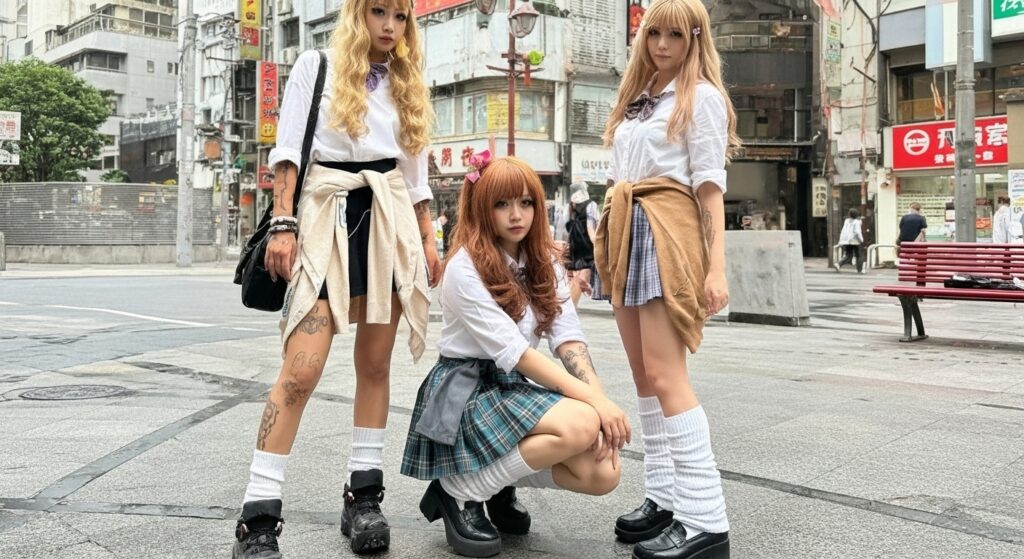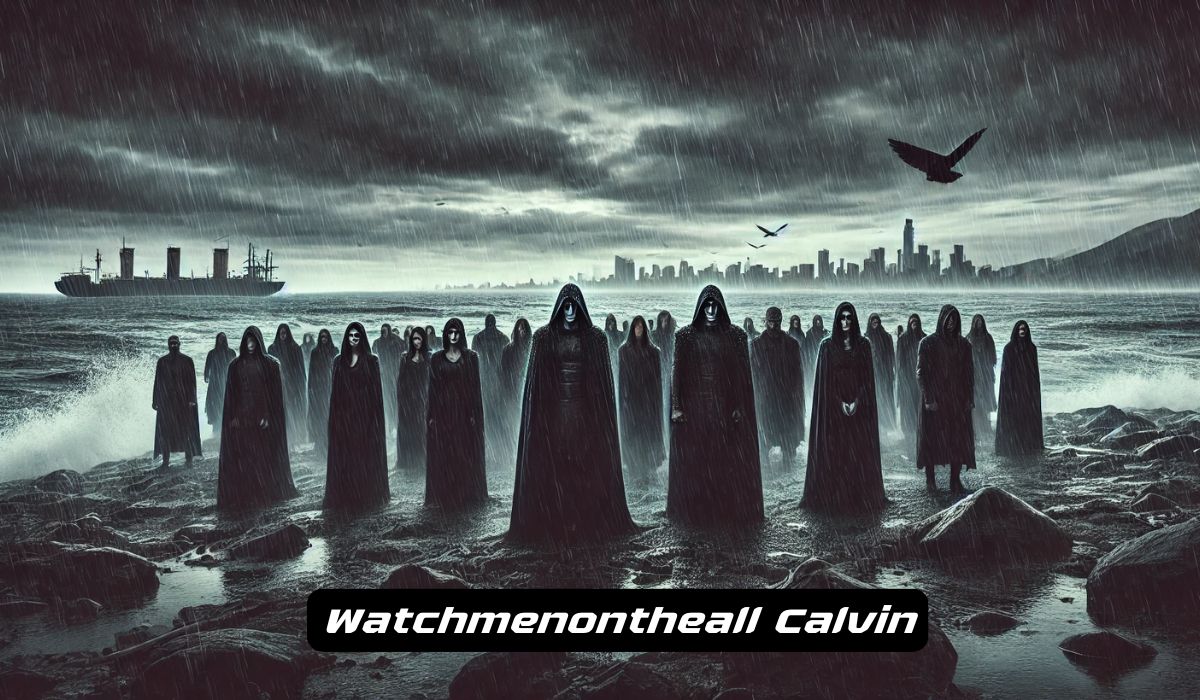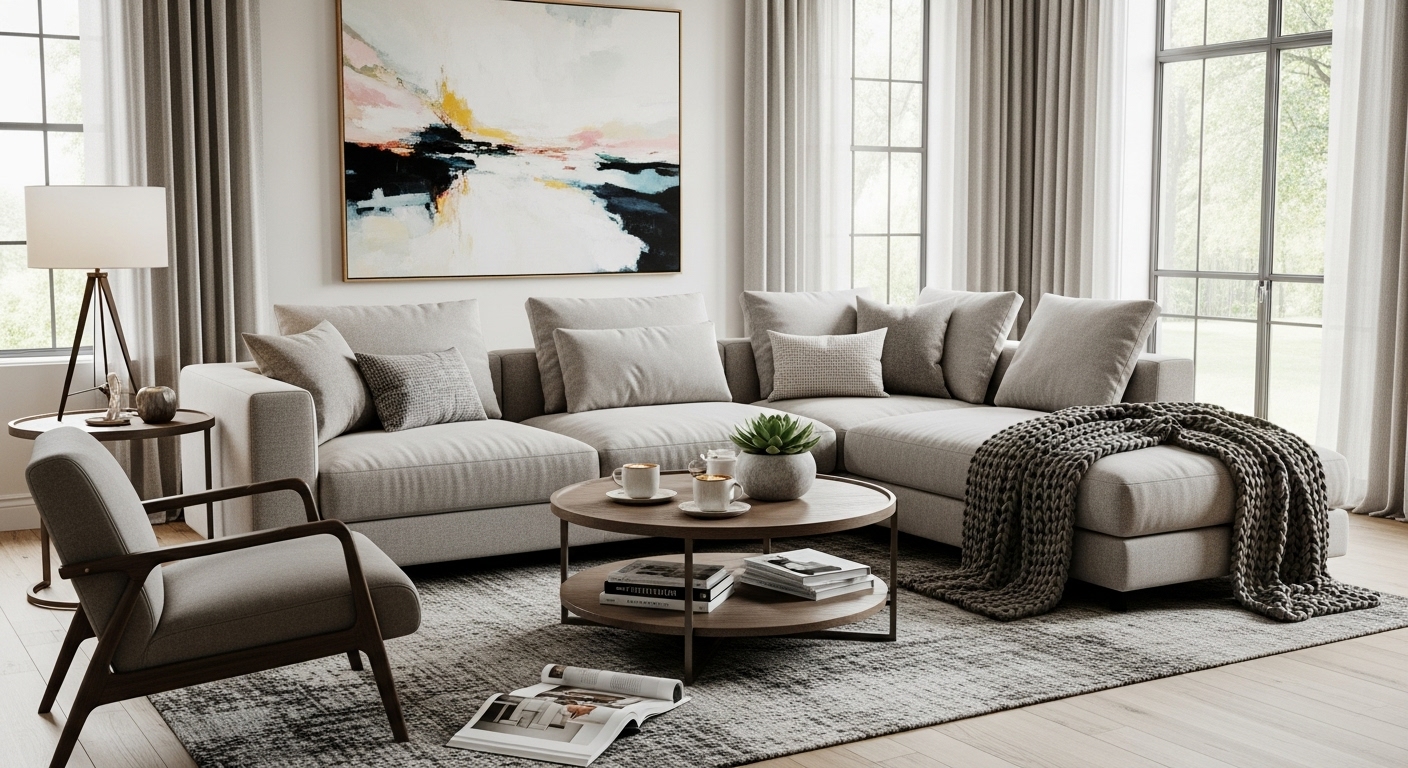Fashion is more than just clothing—it’s a language, a way to express who we are without speaking a word. In Japan, few styles have spoken louder, bolder, and more unapologetically than gyaru fashion. This unique subculture, which emerged as a rebellion against traditional beauty standards, continues to capture hearts across the world with its daring makeup, extravagant hairstyles, and fearless attitude.
So, what exactly makes this style stand out? Let’s dive into its history, key traits, substyles, and how it continues to thrive in today’s fashion scene.
What is Gyaru Fashion?
At its core, gyaru fashion is all about breaking the rules. It challenges the quiet, modest image traditionally expected of Japanese women and instead embraces confidence, vibrancy, and individuality. Think of it as painting outside the lines of conventional beauty standards.
The term “gyaru” comes from the English word “gal,” symbolizing a carefree, stylish young woman. But it’s more than just an aesthetic—it’s a lifestyle and attitude. Women (and sometimes men) who embrace gyaru fashion show the world they’re not afraid to stand out.
The History of Gyaru Fashion
Origins in the 1970s and 1980s
The roots of gyaru fashion trace back to the 1970s, when young women began rejecting the pale, black-haired, and conservative beauty ideals of Japan. They wanted something louder, brighter, and more glamorous.
By the 1980s, the style picked up speed, influenced by Western fashion icons, music videos, and magazines. Tanning salons became popular, and the “California girl” aesthetic found its Japanese counterpart.
Evolution in the 1990s and 2000s
The 1990s and early 2000s marked the golden era of gyaru. Shibuya 109, a famous shopping mall in Tokyo, became the ultimate hub for gyaru fashion. Magazines like Egg and Popteen showcased new looks, while influencers and models popularized extreme makeup and bold clothing.
During this time, substyles like ganguro (deep tans and white makeup) and hime gyaru (princess-inspired dresses) gained popularity, further diversifying the culture.
Modern Revival
While gyaru fashion saw a decline in the mid-2010s, it has recently been making a comeback. The Y2K revival in global fashion, social media platforms like TikTok and Instagram, and renewed interest in Japanese streetwear have all played a role in bringing gyaru back into the spotlight.
Key Characteristics of Gyaru Fashion
So, what sets gyaru fashion apart from other styles? Let’s break it down:
Hairstyles
One glance at a gyaru hairstyle, and you’ll notice it’s anything but ordinary. Bright blonde dye, light brown shades, and sometimes even pastel wigs are common. Hair is often styled in voluminous curls or teased for extra drama. Think of it as giving your hair a personality of its own.
Makeup
If clothing is the canvas, makeup is the masterpiece in gyaru fashion. Expect bold eyeliner, dramatic false eyelashes, and circle lenses to create larger-than-life doll-like eyes. Tanned skin adds contrast, while lip gloss or nude lipstick completes the glamorous vibe.
Clothing and Accessories
Outfits range from sexy and glamorous to cute and frilly, depending on the substyle. Platform heels, decorated nails, and statement handbags are essential accessories. The overall look is always striking, as if each outfit screams, “Notice me!”
Different Gyaru Substyles
Gyaru fashion isn’t a one-size-fits-all style—it branches into many substyles, each with its own flavor.
Hime Gyaru (Princess Gyaru)
“Hime” means princess, and this substyle lives up to its name. Think frilly dresses, tiaras, pastel colors, and doll-like makeup. It’s the fairy tale version of gyaru.
Kuro Gyaru (Dark Gyaru)
“Kuro” means black. This style leans into tanned skin, dark eye makeup, and daring, sexy outfits. It’s bold, edgy, and unapologetically glamorous.
Agejo
Popular among nightclub hostesses, agejo gyaru combines sexy dresses, glitter, and high heels. It’s all about sparkle and sophistication.
Ganguro / Yamanba
Perhaps the most extreme substyle, ganguro involves very dark tans, white or neon makeup, and brightly colored hair. Yamanba takes it even further, adding face stickers and exaggerated accessories.
Onee Gyaru
“Onee” means older sister. This substyle is more mature and elegant, often featuring fitted dresses, neutral tones, and refined accessories.
Kogal (Kogyaru)
A youthful version of gyaru, kogal fashion takes inspiration from school uniforms. Short skirts, loose socks, and playful makeup give it a teenage rebel vibe.
Gyaru Lifestyle and Culture
Fashion is only part of the story. The gyaru lifestyle emphasizes fun, friendship, and independence. In the 1990s, groups of gyaru could often be found hanging out in Shibuya, shopping at Shibuya 109, or spending hours in purikura (photo booths).
For many, it wasn’t just about looking good—it was about creating a community where self-expression and freedom reigned. Gyaru girls often described their style as a way to show their personality, confidence, and rejection of traditional pressures.
Influence of Gyaru Fashion
You might be wondering: how has gyaru fashion impacted the wider world?
The answer is a lot. Its influence can be seen in:
-
Y2K fashion trends (think platform shoes, rhinestones, and sparkly makeup).
-
K-pop idols who borrow elements of gyaru makeup and styling.
-
Harajuku fashion, which overlaps with gyaru in boldness and creativity.
Much like a pebble dropped into water, gyaru fashion created ripples that continue to shape global style trends.

How to Dress Like a Gyaru
If you’re curious about adopting this style, here’s a simple step-by-step guide:
Step 1: Hair and Makeup
Start with voluminous curls, bright hair color, and dramatic makeup. Focus on eye enlargement with lashes and circle lenses.
Step 2: Clothing and Accessories
Pick a substyle that fits your personality. Whether it’s a cute hime dress or edgy kuro look, accessorize with bold nails, jewelry, and heels.
Step 3: Attitude and Confidence
Perhaps the most important step is embracing the gyaru spirit—confidence, independence, and fun. Fashion is only the wrapping paper; the real gift is the attitude.
Where to Buy Gyaru Fashion Today
Even if you’re not in Tokyo, you can still explore gyaru style. Here are some popular options:
-
Brands: Liz Lisa, MA*RS, Cecil McBee, and Rienda remain iconic gyaru fashion names.
-
Online stores: Sites like Devilinspired, Rakuten, and Mercari Japan offer gyaru clothing worldwide.
-
Secondhand & thrift shops: With the revival of Y2K aesthetics, vintage stores often carry items that match gyaru vibes.
FAQs About Gyaru Fashion
1. Can non-Japanese people be gyaru?
Yes! Gyaru fashion is about attitude and style, not nationality. Many international fans embrace the culture while respecting its roots.
2. Is gyaru still popular in Japan?
While not as dominant as in the early 2000s, gyaru is making a comeback through social media and younger generations rediscovering the style.
3. What’s the difference between gyaru and Harajuku style?
Harajuku is a broad umbrella for many Japanese street styles, while gyaru is more specific, focusing on glamour, rebellion, and bold aesthetics.
4. Do men also follow gyaru fashion?
Yes, there’s a male version called gyaru-o, featuring flashy clothing, styled hair, and similar bold vibes.
5. How can beginners start experimenting with gyaru fashion?
Start small—try gyaru-inspired makeup or accessories. Once you’re comfortable, explore full outfits and substyles that match your personality.
Conclusion
Gyaru fashion isn’t just about clothes or makeup—it’s a movement of confidence, rebellion, and individuality. From its rebellious birth in the 1970s to its glamorous peak in Shibuya and its modern-day revival, this style has proven that being bold never goes out of fashion.
Whether you’re drawn to princess-like elegance, extreme ganguro looks, or simply love the fearless spirit behind it, gyaru fashion offers something for everyone. After all, why blend in when you were born to stand out?


